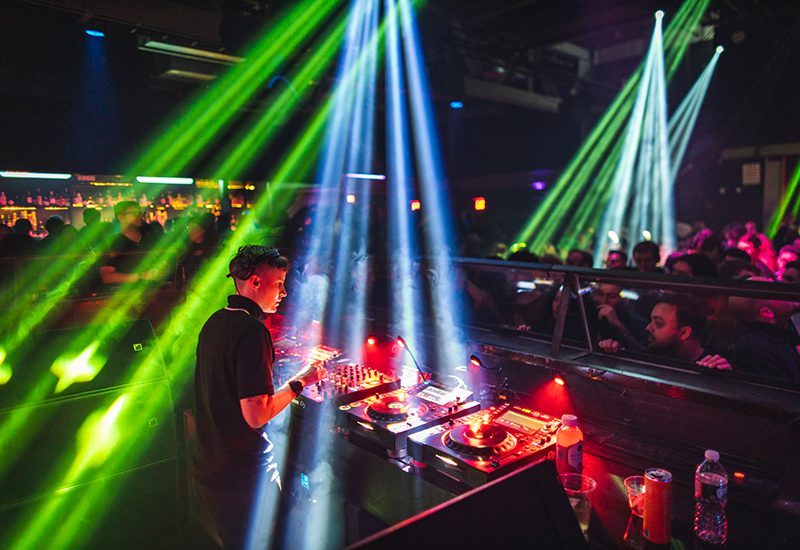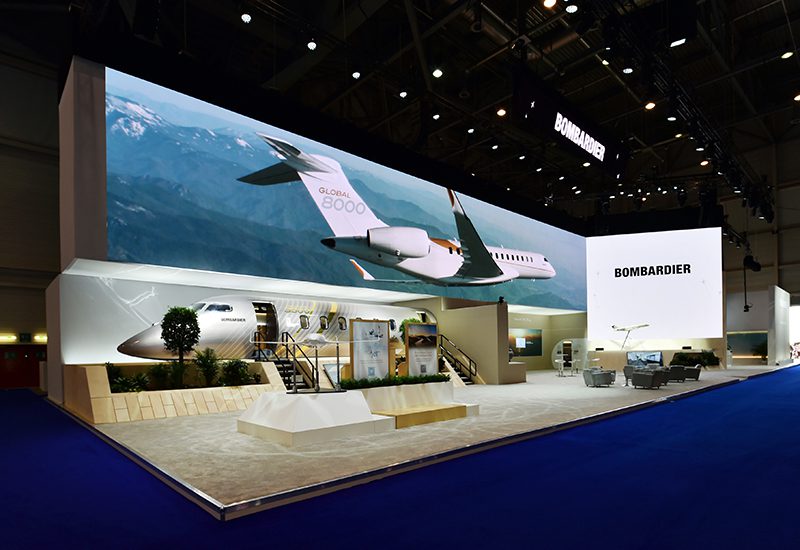Event marketers are between a rock and a hard place—perhaps, marble and cement. As the world grapples with inflation, supply chain shortages, shipping delays and staffing issues—not to mention, fears of a recession—in-person events are thriving again. Some say it’s a renaissance for the brand experience. While positive for the industry, the increase in events this year is causing a strain on resources and the people behind the scenes.
“What we’re doing as a business isn’t massively different to what we were doing before the pandemic. It’s largely the same with perhaps some additional digital, virtual and hybrid touchpoints built in,” says Dan Hall, business director at 2Heads in London. “However, everything around us is quite different, everything that we rely on. Our clients seem to be operating in a different way.”
Hall notes that client expectations have shifted to quicker turnarounds, leading to more compressed timelines, something Lydia Mazzolini, director of private events at Elsewhere—a music venue, nightclub and arts space in Brooklyn, NY—says is her biggest pain point. The venue balances its calendar of concerts with branded experiential event bookings, and it has almost doubled its private events business this year in comparison to 2019.
“In years prior, there’s always been such a solid timeline where you’re looking at six months out, and we have time to plan, make sure that things are produced properly and not really feeling under the gun,” she says. “Now, we’re finding a lot of clients reaching out within a month of turnaround time wanting to produce some pretty big experiential-style activations.”
 More State of the Industry Insights:
More State of the Industry Insights:
- Four Brands Weigh in on What it Really Means to ‘Add Value’ to Events
- Clearing the Air: Expert Insights on the SEC Climate Rule and Attendees’ Evolving Perceptions
Filling Staffing Gaps
James C. Morris, vp-client service at Impact XM, says Q1 of 2022 was a turning point for the industry, citing CES 2022 as a promising example of a return to in-person events that encouraged tentative brands and associations to jump back in.
“For our entire industry, everybody was short-staffed, whether it was the general contractors who were putting on the event, whether it was the individual agencies like Impact XM who were bringing people back,” Morris says. “At the same time, there was this real movement for needing to be hybrid or remote. So how do you bring people back? How do you onboard them? How do you create a culture where people aren’t necessarily coming into the office?”
Many professionals left the industry over the past two years as a result of pandemic-related layoffs and furloughs and the Great Resignation. One effect of the workforce shuffle was a loss of institutional knowledge and experience, which became apparent as events rebounded and organizations saw an influx of new staff members.
“We were finding ourselves having to coach new hires from the general contractor side, or even from the labor side, because they were very new to our industry,” Morris says. “A lot of people left our industry, so we had to go and find similar disciplines that we thought might work in our channel, whether they were part of running schools or whether they [understood] that chaos we deal with in events, taking a look at that, finding other verticals that may have a complementary skill set and bringing those people on to get them going right away.”
While 2Heads retained a lot of its talent in the pandemic, it experienced growing pains rebuilding its team back to pre-pandemic levels, evolving as a global agency and working with new suppliers and vendors.
“The people who have the most experience, when they leave, they inevitably leave a hole, and it’s really about the succession planning that you put in place—whether there was a global pandemic or not—to make sure that you aren’t going to be losing too much,” Hall says.

As its private events business continues to grow, Elsewhere—a music venue, nightclub and arts space in Brooklyn, NY—has recently run into compressed timelines, production delays and furniture rental shortages while putting together events.
Supply Chain Challenges
According to James Simpkins, global cgo at 2Heads, the industry’s current supply chain issues have created a first-come, first-served environment, with manufacturers and suppliers stretched thin and services like audiovisual, lighting and furniture booked up. There’s almost a doubling of timing, he says—for example, if shipping were to take eight weeks, it could now be 16 weeks.
“Even when you get everything lined up and in place, I think from a delivery point of view, there’s an element of risk that exists around that now,” he says. “You’d think that demand and supply would be on even keels, but somehow the demand always just seems that bit harder. The key challenge in North America is production. If they don’t have a fabricator in-house, they’re reliant on the third-party suppliers, and that’s probably their biggest pain point.”
2Heads has gone out of the box and looked laterally to engage new suppliers that may come from a different but relevant industry background to deliver projects to trade shows and events.
Elsewhere has run into production delays on custom signage and furniture rental shortages, particularly at high-priority times during New York Fashion Week or the holiday season. The spring and early summer were the most difficult for supply chain issues, Mazzolini says, but the team encountered more availability of products as the year went on.
Impact XM’s Morris says he started seeing supply chain issues loosen around October, giving him more confidence about planning and obtaining materials than he had six months prior, when the agency was dealing with high plywood and metal costs and port delays.
“As we enter into the last part of this year and early next year, we’re starting to see some of the plateauing,” he says. “We have a better understanding of how to look at the market of commodities, such as petroleum costs, and be able to say, ‘OK, let’s put some contingencies on for that significant fluctuation.’ So how we operated in the before times versus how we operate today is very different.”

With an experiential space at EBACE, Bombardier presented its Global 8000 private jet and vision for sustainable development.
An Accelerated Shift to Digital
“The pandemic, frankly, saved the QR code,” Morris opines. While the QR code stepped up in a newly touchless and contactless society as a way to view restaurant menus and interact with signage, it has since become a solution for event professionals looking to reduce their printing orders and create online engagement opportunities with attendees.
“The emergence of the ability to bring your own device (BYOD) to an event, a trade show, whatever it might be, I think, has accelerated the opportunity to extend the life of that event,” Morris says. “If somebody scans it on their phone, it’s opening up a browser with the information or opening up some sort of augmented reality piece. They’re now leaving the event, and it’s staying on their phone, unless they’ve clicked out of it.”
Elsewhere uses QR codes during charity events that lead to donation links and RFID wristbands during events with cashless bars, allowing attendees to make payments from a credit card connected to the wristband. Beyond the attendee engagement and ease of use, these digital applications are also a sustainable option, reducing the need for physical materials—something Mazzolini says brands are being more conscious of.
On the future state of the industry’s recent pain points, 2Heads’ Hall says things are looking up.
“We can only get better from this point onward, and I feel like the industry is picking up. There is definitely still a talent-skills gap that seems to be slow to fill, and there are initiatives that would add value to our world in terms of trying to recruit young people into this industry,” he says. “Clients are 100 percent on their feet and asking us to do as much, if not more, than they were previously. It’s been probably slower than everyone would have liked, but I don’t think it’s going backward.”
This story appeared in the Winter 2022-23 issue





